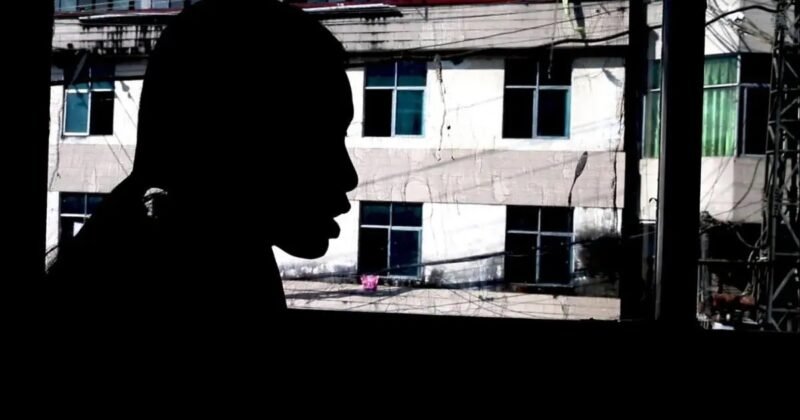Trafficking of Brides in South Asia and Neighboring Countries: A Consequence of China’s Gender Imbalance

The one-child policy in China was introduced with the motive to curb its ever-growing population crisis but little did the authorities know that it would lead to another crisis – the crisis of bride trafficking. The phenomena seem imbecilic, to begin with for a modern 21st-century being but not for the millions who live through the horrors of it every day.
The policy which was introduced in 1979 led to major female abortions, as couples were only allowed to have one offspring. This was partly influenced by the perception that sons would assist their parents while daughters should marry and join their spouse’s family, especially in rural areas. Because of this, China had between 30 and 40 million more men than women.
The one-child policy which came into force from 1979 till 2015, was exterminated due to an ageing population and shrinking workforce. 5 years later, the policy was amended to make way for the married couple to have three children at least to raise the country’s declining birth-rates and avert a demographic crisis. But the operation which ran for 36 years gave way to the exploitation of the vulnerable class, women.

Human Rights Watch evaluated the issue of Chinese bride trafficking and found that the influx has been coming from northern Myanmar and North Korea. In that region of Myanmar, many women and girls are members of an ethnic minority that is at risk because of the ongoing fighting and displacement in the area. In contrast, brokers in North Korea frequently con people who are trying to flee the oppressive government for a better life by promising them well-paying jobs in China on the other side of the border. Once in China, they are at the mercy of the brokers, who provide them to Chinese families for between $3,000 and $13,000. Once purchased, they might be imprisoned and under pressure to have children as soon as possible.
It was simple for China to disregard the problem for many years. Women and girls who were trafficked were frequently members of underprivileged communities. And so, the government frequently displayed little to no concern for the plight of women and girls who have been trafficked to China. But this all came to an end when at the start of 2022 a video surfaced of a chained woman in a small village in Feng County, Xuzhou. The video immediately blew up on Chinese social media and triggered public outrage. The government first denied the claims but due to the overshadowing Beijing Winter Olympics admitted that the woman was indeed a victim of bride trafficking.
But no actions were taken on the part of the government, instead, the authorities hounded individuals who called for a full investigation, detained activists who attempted to travel to the trafficked bride’s aid, and threatened others who conducted their online investigations. Unquestionably, interim measures like increased border security and public education against human trafficking have been put in place. But none single out bride trafficking directly till date.



















